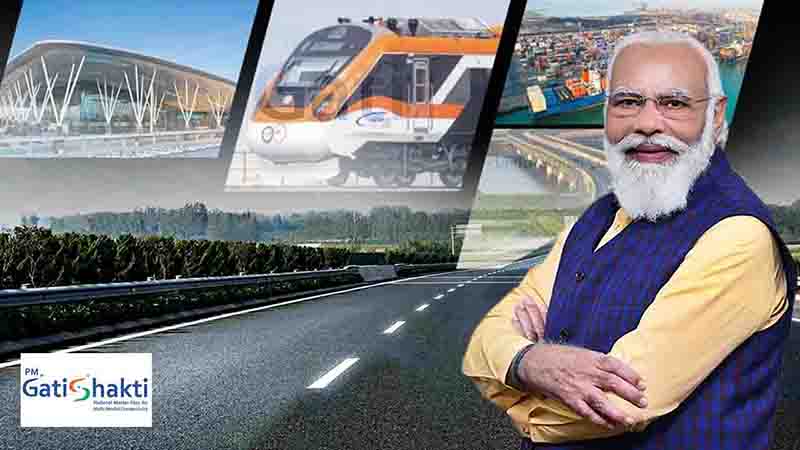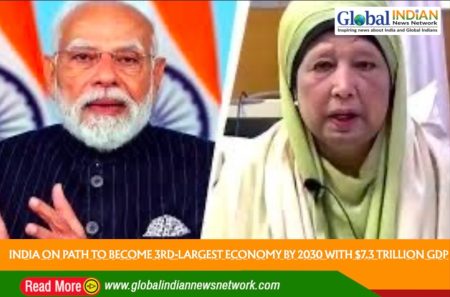 Marking the third anniversary of the PM Gati Shakti National Master Plan, India is witnessing a significant transformation in its infrastructure landscape. This initiative has introduced a coordinated and integrated approach, focusing on multi-modal connectivity across road, rail, air, and waterways, thereby enhancing the nation’s logistics system. PM Gati Shakti is driving efficient project execution, reducing costs, and preparing India for infrastructure-led economic growth.
Marking the third anniversary of the PM Gati Shakti National Master Plan, India is witnessing a significant transformation in its infrastructure landscape. This initiative has introduced a coordinated and integrated approach, focusing on multi-modal connectivity across road, rail, air, and waterways, thereby enhancing the nation’s logistics system. PM Gati Shakti is driving efficient project execution, reducing costs, and preparing India for infrastructure-led economic growth.
The plan’s key achievements include evaluating over 208 major projects worth over $180 billion and addressing 156 critical infrastructure gaps in sectors such as coal, steel, and food distribution. The Ministry of Road Transport has planned over 8,891 km of new roads, while the Ministry of Railways has outlined more than 27,000 km of new railway lines. Notably, the initiative facilitated the creation of a 300 km coastal corridor in Gujarat, streamlining bureaucratic processes.
The economic impact is evident, with infrastructure investment projected to grow at a compound annual growth rate (CAGR) of 15.3%, reaching $1.45 trillion in five years. As the initiative expands to district-level projects and smart city development, PM Gati Shakti is set to support inclusive growth across the nation.
The use of advanced technologies like Geospatial Information Systems (GIS) and data analytics enhances decision-making, minimizing redundancies and boosting transparency. The initiative has also attracted international interest, with countries like Nepal and Bangladesh expressing a desire to replicate its success. As PM Gati Shakti enters its next phase, it is poised to remain central to India’s long-term infrastructure and economic strategy, playing a crucial role in achieving the Viksit Bharat Vision for 2047.












